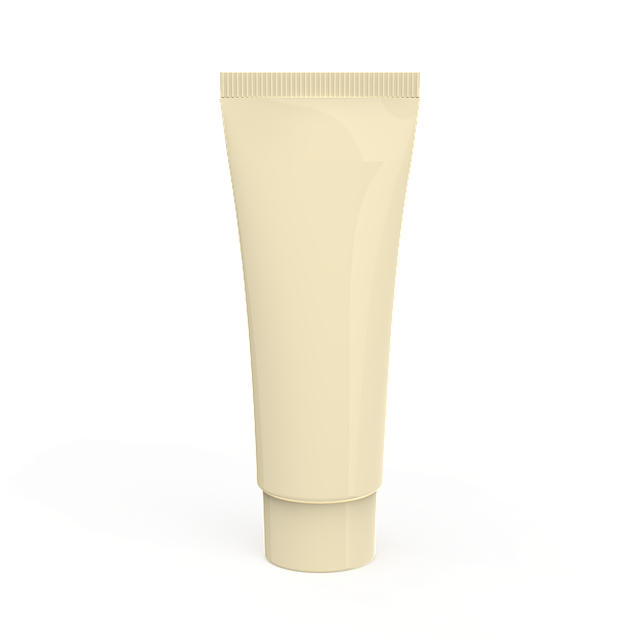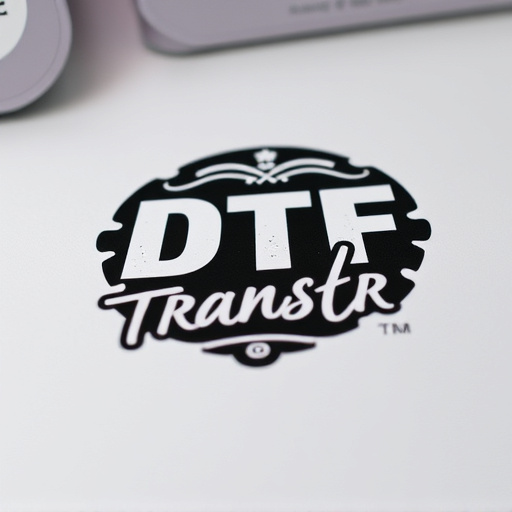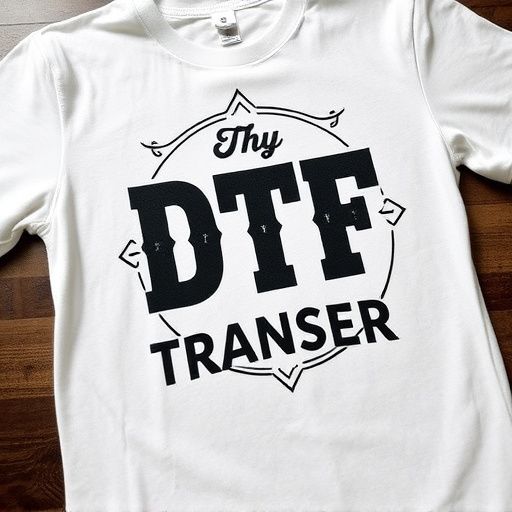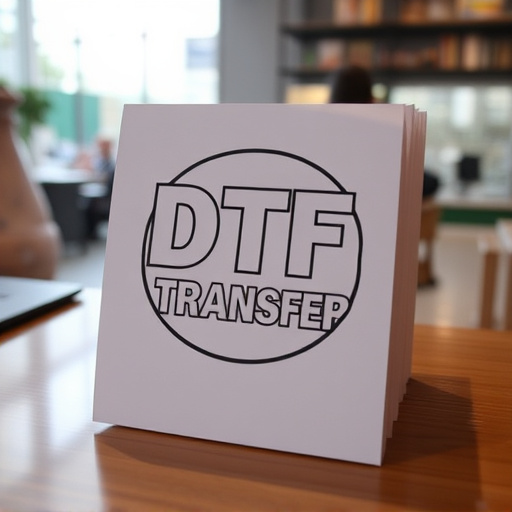Direct-to-film (DTF) transfer is a groundbreaking printing technique offering unparalleled precision and efficiency for creating high-quality prints on textiles, plastics, and metals. Its advantages include faster production times, reduced waste, and versatility in designing complex patterns. DTF's longevity is enhanced by using durable media like vinyl or polyester films, regular cleaning, and protective coatings. It provides an eco-friendly alternative to traditional manufacturing, reducing waste generation and minimizing the ecological footprint. In industries like fashion, automotive, and signage, DTF printing allows for quick customization and standout designs. Proper care and ongoing innovations in ink formulations and coating technologies are crucial for maintaining vibrant, durable DTF transfers, solidifying its promising future across diverse sectors.
Direct-to-film (DTF) transfer printing has emerged as a powerful and versatile technology, offering unique design possibilities across various industries. This article delves into the longevity and resilience of DTF applied designs, exploring their durability, environmental benefits, and practical applications. From factors influencing print longevity to maintenance tips and future innovations, we uncover why DTF transfer is a sustainable and reliable choice for long-lasting, visually stunning creations. Discover how this technology enhances brands’ visual impact across multiple sectors with DTF printing’s remarkable resilience.
- Understanding Direct-to-Film (DTF) Transfer: A Brief Overview
- The Longevity of DTF Prints: Factors Affecting Durability
- Environmental Impact and Resistance: DTF's Green Advantages
- Practical Applications: Industries Benefiting from DTF Technology
- Maintaining Resilience: Care and Maintenance Tips for DTF Designs
- Future Prospects: Innovations Enhancing DTF Transfer's Longevity
Understanding Direct-to-Film (DTF) Transfer: A Brief Overview

Direct-to-film (DTF) transfer is a cutting-edge printing technique revolutionizing various industries, particularly in the realm of applied designs. This method involves transferring ink directly onto a film or substrate using specialized equipment, offering unparalleled precision and efficiency. DTF Printing has gained significant traction due to its ability to produce high-quality prints on a diverse range of materials, from textiles to plastics and metals. The process begins with creating a digital design that is then precisely replicated onto the chosen film, ensuring intricate details and vibrant colors.
Unlike traditional printing methods, DTF offers unique advantages such as faster production times, reduced waste, and exceptional versatility. It allows designers and manufacturers to create complex patterns and graphics with ease, making it ideal for custom applications. Whether it’s enhancing the durability of outdoor signs or adding intricate details to clothing designs, DTF prints have proven their longevity and resilience in diverse environments, ensuring a lasting impact.
The Longevity of DTF Prints: Factors Affecting Durability
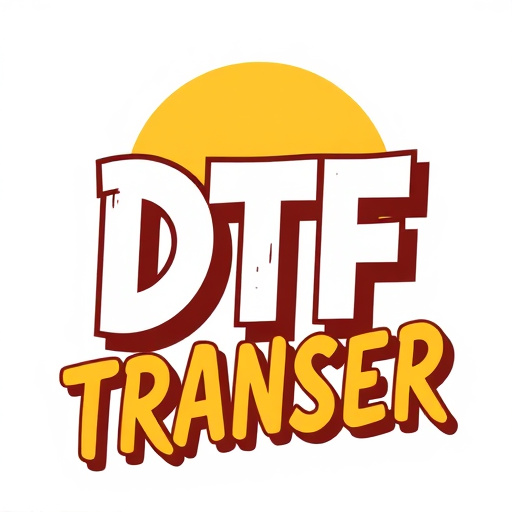
The longevity of direct-to-film (DTF) prints is a significant consideration for any application seeking long-lasting results. Several factors contribute to the durability of DTF transfers, ensuring their resilience over time. One primary aspect is the quality of the printing process; using advanced DTF printing techniques and high-resolution images can significantly enhance the longevity of the print. The choice of media also plays a crucial role; durable vinyl or polyester films are often preferred for outdoor applications due to their resistance to fading, cracking, and peeling.
Additionally, the environment in which DTF prints are applied greatly influences their lifespan. Exposure to direct sunlight, extreme temperatures, and moisture can degrade the prints faster. Therefore, proper care and maintenance are essential, including regular cleaning and protection from harsh conditions. The use of clear coats or laminates can further enhance the durability of DTF prints, providing an extra layer of defense against environmental factors and prolonging their visual appeal and functionality.
Environmental Impact and Resistance: DTF's Green Advantages

Direct-to-film (DTF) transfer and printing technologies have emerged as eco-friendly alternatives in the design industry, offering significant environmental advantages. This method involves applying designs directly onto various materials using specialized inks and heat presses, eliminating the need for intermediate steps like cutting or molding. As a result, DTF processes reduce waste generation, especially when compared to traditional manufacturing techniques.
By minimizing material consumption and simplifying production flows, DTF printing promotes sustainability. The technique’s resistance to environmental factors, such as weathering and fading, ensures that prints retain their quality over time. This longevity not only reduces the need for frequent replacements but also contributes to a lower overall ecological footprint. Additionally, the ability to customize designs quickly and efficiently allows for more flexible production runs, further minimizing waste.
Practical Applications: Industries Benefiting from DTF Technology

Direct-to-film (DTF) technology has found its way into various industries, offering unique advantages and enhancing productivity. This innovative process enables the direct application of designs onto a wide range of materials, from textiles to metal surfaces. In the apparel industry, DTF printing has revolutionized custom clothing design, allowing for intricate patterns and personalized pieces in record time. Fashion designers can swiftly bring their creative visions to life, catering to individual customer preferences.
Beyond fashion, industries such as automotive, signage, and even medical equipment manufacturing are reaping the benefits of DTF technology. It facilitates the creation of durable and visually appealing finishes, ensuring products stand out in a competitive market. DTF Transfer allows for complex designs with precise detail, making it ideal for branding and customization. From car wraps to eye-catching signage, DTF prints add a layer of professionalism and uniqueness, setting businesses apart.
Maintaining Resilience: Care and Maintenance Tips for DTF Designs
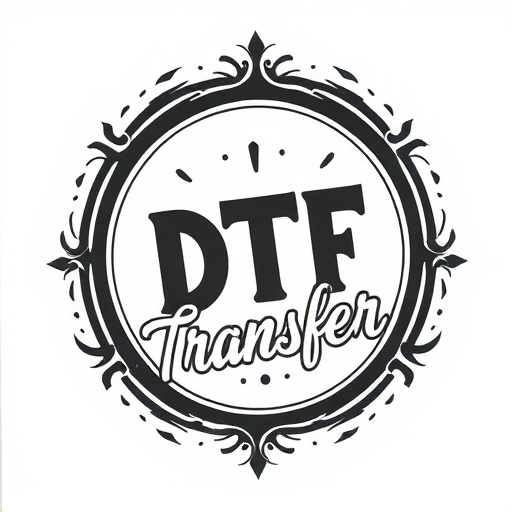
Direct-to-film (DTF) applied designs, with their vibrant and durable nature, require proper care to maintain longevity and resilience. Regular cleaning is essential to prevent dirt and grime buildup, especially in high-traffic areas. Use mild detergent and a soft cloth for gentle yet effective cleaning. Avoid harsh chemicals that can damage the DTF transfer or print.
Proper storage is another key factor. When not in use, keep DTF prints in a cool, dry place away from direct sunlight. Consider using protective covers or frames to shield them from dust and physical contact. Regular maintenance, including reapplication of coatings or seals as needed, ensures the design remains vivid and protected against environmental factors.
Future Prospects: Innovations Enhancing DTF Transfer's Longevity
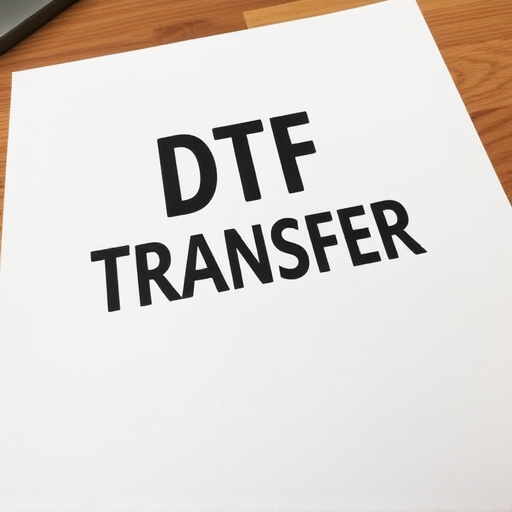
The future of direct-to-film (DTF) transfer looks bright, with ongoing innovations constantly enhancing its longevity and durability. New advancements in DTF printing technology are focusing on improving ink formulations, ensuring better adhesion to a wider range of substrates. This includes developments in UV-cured inks, which offer exceptional fast curing times and superior outdoor durability, making them ideal for long-lasting DTF prints.
Additionally, the integration of advanced coating technologies is expected to revolutionize DTF Transfer. These coatings can provide extra protection against environmental factors like moisture, UV radiation, and wear and tear, further extending the lifespan of applied designs. As the demand for permanent and visually appealing solutions continues to grow, DTF Printing is poised to become a go-to method in various industries, from signage to apparel, offering both efficiency and longevity.





